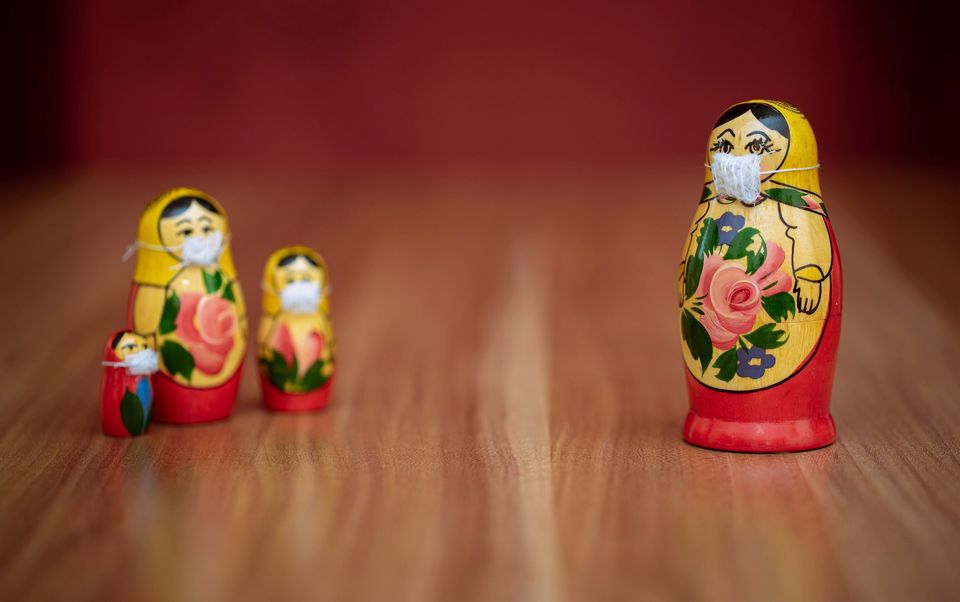Last September, I dared to write about COVID-19 and, this month, I decided to approach the same theme, but from a different perspective.
As a mother of two children in a school environment, I have been talking to teachers, educators, other fathers and mothers and I feel that there is fear. It's understandable. I am also afraid every day when my husband takes them to school.
But what can we do?
In fact, we can do a lot.
We can start by being congruent with our fears. On the one hand, we are afraid to take our children to school, but then we don't mind taking them to birthday parties or other social gatherings, which we also attend.
On Friday, October 9, Health Director-General Graça Freitas stated that family gatherings “have been responsible for 67% of cases [of COVID-19] reported in recent days in Portugal”. 67% is a very high percentage that could be avoided if our “fear” were transversal to our different realities.
Most crèches are well organized to receive our children safely. Parents are not allowed access to the facilities, there is temperature measurement on arrival and even change of clothes and shoes at the entrance.
Classes are smaller and have different schedules for meals and recreation. Regular disinfection of toys and surfaces and the impossibility of taking toys from home also prevents contagion, bearing in mind that it is impossible to restrict or impose “social distance” to the little ones.
As parents, we have an added civic responsibility. We must daily assess the health status of our children and all of us who live with them.
Be aware if your child (or any of us) has a fever, cough, breathing difficulties, snot, diarrhea or a reduction in normal energy levels.
And please forget about the fever-reducing syrup or suppository at once before dropping your child off at school! It's better to miss a day's work than to risk the educational establishment being closed or creating a source of contagion. We don't need to live in fear, but we must be mindful and cautious.
Regarding the question of the need to use masks, the ideal is that, in the community, children over two years old wear masks. The information about the contagion among children or the intensity with which they suffer from the virus may not be alarming, but the absence of symptoms can lead to the transmission between family members and this is something we should avoid. Grandparents are grateful for our extra care.
In older children, correct mask use, respiratory etiquette, frequent disinfection and washing of hands and surfaces are essential.
There is fear, anguish and anxiety. It is true. We can't get away from it, but we can live responsibly, avoid irresponsible behavior.
Masks used incorrectly, reusable masks without being washed, hiding symptoms and positive tests, not respecting “social distance”, are reprehensible acts, even criminal.
We may not see the virus, but we can observe our behaviors and adjust them to the reality in which we live. A pandemic reality. We must not deny that fact. We must, as someone said to me today, “ingrain” the feeling of respect for the Other.
In our schools, in our jobs, in our homes; with friends or family. Only in this way, we will be able to overcome with life this reality that caught us all so unprepared.
Author: Analita Alves dos Santos is a Mother concerned with environmental issues…and not only
Help us to do the Sul Informação!
Contribute your donation so that we can continue to make your journal!
Click here to support us (Paypal)
Or use our IBAN PT50 0018 0003 38929600020 44



















Comments